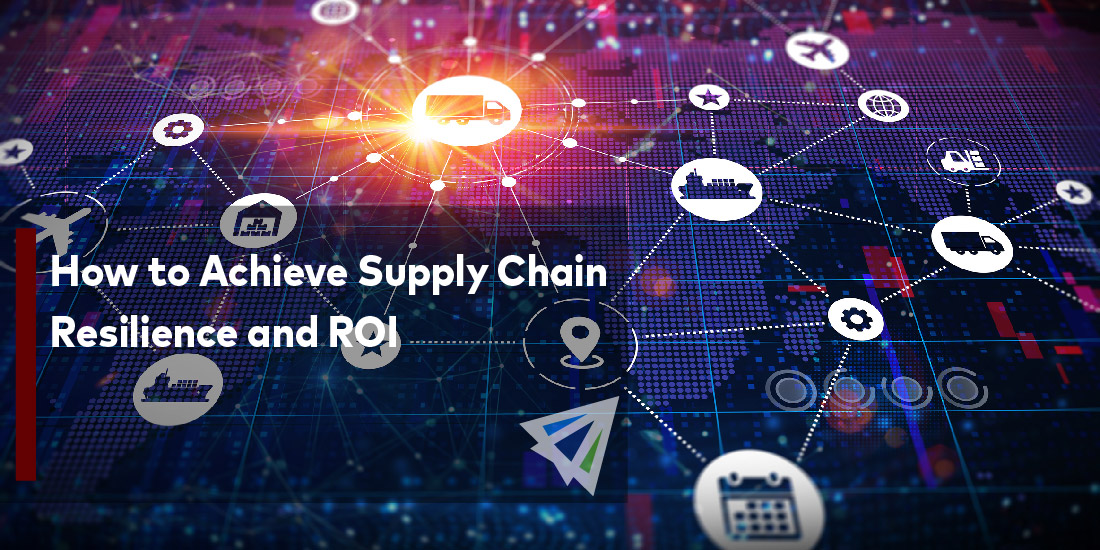Reshoring, nearshoring, and keeping “just-in-case” inventory have all seen substantial expenditures as supply chain resilience has gained importance on a global scale. These strategies, which can cost millions or even billions, provide financial difficulties for small and medium-sized businesses (SMEs), especially in the current environment of high loan rates, reduced valuations, and a lack of investment activity.
Thus, how can SMEs build a resilient supply chain without going bankrupt?
These companies need to have a “knowledge advantage” in order to take advantage of their size, flexibility, and speed. This entails putting together a playbook with three essential elements that works.
Establishing Resilience in Your Supply Chain: 3 Steps
First and foremost, supply chain mapping is essential. SMEs need to collaborate closely with suppliers to learn the real factory locations—rather than just the well-known corporate office addresses—where parts are made. Effective resilience has a foundation thanks to this thorough mapping.
Second, it’s critical to use artificial intelligence-powered worldwide disruption-monitoring platforms. These multilingual data tracking systems give early alerts about possible disruptions that can affect the factory or logistics operations of suppliers.
Thirdly, it’s critical to work together with suppliers at different levels. A responsive supply chain must have an effective and automated process that is powered by alerts that cause operational actions between suppliers and internal teams to be taken within hours of a disruption.
Businesses Reluctant to Change Their Tactics
Remarkably, the technology needed for these capabilities has been there for ten years and has shown itself to be reliable in a number of disturbances. These tactics work, as demonstrated by automaker Toyota’s success during the semiconductor crisis, which it attributes to close supplier relationships and supply chain mapping.
Companies have been sluggish to adopt such tactics, despite the exponentially huge potential return on investment (ROI). Adoption is hampered for two main reasons: one is not sure how this method translates into a measurable return on investment, and the other is not changing old structures that add to supply chain vulnerabilities.
Businesses must understand the full cost of risk throughout their ecosystem in order to calculate ROI. Supply chain managers have to evaluate things like raw material premiums, the total cost of freight expedites, manufacturing line stops, fixed expenses during outages, late customer deliveries, and lost business as a result of shipments that are delayed.
The transformational effect of supply chain mapping is demonstrated by General Motors’ experience contrasting its response to the 2011 Japan tsunami with its readiness for the 2014 Japan earthquake. Six weeks was no longer GM’s response time; it was only six hours.
Driving coordinated reactions, changing supplier management playbooks, implementing just-in-time and lean concepts, integrating playbooks for operational action, and resilience-building are all necessary for a successful transition. Proactive businesses include disruption recovery scores, resilience, and openness in supplier performance indicators. Applying lean and just-in-time concepts involves figuring out where inventory positions can be cut without sacrificing resilience.
Disruption response can be made into a competitive advantage by integrating mapping and monitoring intelligence with operational systems and developing rule-based response triggers. Designing global networks and products with resilience in mind, taking into account variables like unreliable suppliers or hazards related to water supply, further improves return on investment.
During the COVID-19 pandemic, the revolutionary shift towards supply chain resilience gathered pace. In addition to safeguarding their supply chains, SMEs that successfully traverse this maturity journey can use interruptions to their advantage and ensure long-term success for all parties involved.
Should you have any questions regarding this and how it could impact your shipments, please reach out to our team today.
Additionally, we have our weekly market updates that can provide you with relevant freight news, updates, developments across the industry, and more.
